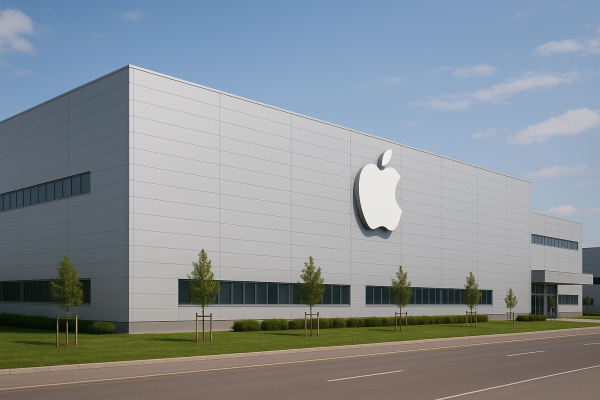Apple's product announcements always receive significant attention, especially when it comes to a flagship device like the iPad Pro. Although there has been no official confirmation yet, industry players and analysts expect the new iPad Pro with the M5 chip to be released in late 2025 or early 2026 at the latest. Signs indicate that Apple is sticking to the 18-month update cycle it uses for iPad Pro models.
The M4 iPad Pro, unveiled in the spring of 2024, underwent a significant hardware overhaul: a new OLED display, an ultra-thin design (5.1-5.3 mm thick), and the relocation of the front camera to the longer side reinforced this trend. Apple has taken a big step forward here, and based on the updates at the time, it is likely that these innovations will define the product's design for years to come. The new model is not expected to deviate significantly from this design, either in size or display type.
Based on the information that has been made public so far about the upcoming M5 model, the only certain new feature will be the processor itself. Several sources have confirmed that the M5 iPad Pro may be a “chip and ship” product, meaning that the hardware innovations will be limited primarily to the replacement of the central unit. However, it is also possible that Apple will change the RAM configurations. In the current models, the lower-storage versions have 8 GB of memory, while the top-of-the-line storage versions have 16 GB. According to several speculations, the entry-level configuration of the M5 iPad Pro may already offer 16 GB of memory, and up to 24 GB of RAM is conceivable at higher levels.
The development of iPadOS may also be a key factor in how hardware innovations can be applied in everyday use. iPadOS 26 is expected to be officially available in the fall, and based on test versions so far, it is increasingly approaching the Mac experience: a more advanced file manager, a new preview application, and improved multitasking features are also coming. These features are particularly valuable when users are performing resource-intensive tasks such as high-resolution video editing or photo importing.
The price of the device is expected to remain at the current level, meaning that the base model will start at $999 (11-inch version) and the larger 13-inch model will start at $1,299. However, there is some uncertainty due to the chip tariffs planned for introduction in the United States, which would apply to non-US-made processors, such as those manufactured by Taiwan's TSMC. If this comes into effect, prices may rise.
According to some reports, Apple would also change the display control electronics, which would allow for smaller bezels, but this does not seem likely for the M5 model.
Overall, the M5 iPad Pro promises to be a modest but purposeful update. Apple seems to be focusing primarily on performance and future software capabilities while retaining the tried-and-true design and display technology. For those who waited out the previous generation, the upcoming update may be worth considering, especially if performance-optimized work or content creation is important to them.










































